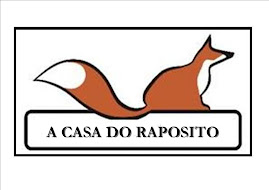 The story of the Celts in Spain is a long and detailed one. My own research suggests that there was not one simple migration from the north west but rather two separate one, one of which was much earlier and came from north Africa. Over the next few weeks I hope to convince you that this is so.
The story of the Celts in Spain is a long and detailed one. My own research suggests that there was not one simple migration from the north west but rather two separate one, one of which was much earlier and came from north Africa. Over the next few weeks I hope to convince you that this is so. And if you are Irish you might be in for a surprise!
The story of Spain begins somewhere in the confused muddle we call pre-history. Somewhere in the Peninsula, perhaps in the place we call Altamira, an artist picked up a piece of cold charcoal from the ashes of his campfire, and scratched a few lines on the wall of a cave. With a little practice, he produced a rough outline of a bird, a fish, a horse. He sat back, pleased with his work, and went to ask others to come and see what he had completed. The first art exhibition was a complete success.
As generations and aspiring artists perfected their techniques they began to experiment with other materials. Charcoal, they found, did not last, and so they replaced it with flint tools, and mixtures of ochre, blood, animal fat, plant extracts and minerals. Simultaneously, through the peninsula wherever there were caves, other works were in progress. In Altamira, the paintings are vivid and realistic: bison stand proudly: many of them painted on the cave's ceiling; horses gallop. In order to depict the muscles of these animals, the artists used the irregular relief of the rock's surface, and the colours are bold. Cave painting had been born, and with it, Art. More than 15,000 years ago, humankind learned to tell stories in pictorial form, and sometimes simply to dream.
The end of the last Ice Age (about 8000BC) ushered in a long transitional period before the arrival of the Neolithic cultures who came from the eastern Mediterranean five millennia later. I shall return to these people later, as they are the progenitors of our story.
As the climate began to warm, the nomadic life of the hunters and gatherers began to melt away northward with the icecaps as reindeer and other game left for cooler climates. In the next 50 or so centuries, new races began to enter the peninsula, most likely from North Africa. They were most likely proto-Berbers (the indigenous race of most of North West Africa today) and also Iberians, although as we shall see, these people came later and mixed with inhabitants. They brought their own form of art: rock shelter paintings which survive all along the eastern coast of Andalucia. For the first time, human figures begin to appear alongside the animals of the hunt. Stories were being told, but the quality was vastly inferior to those of earlier times: often just stick figures such as the famous "Índalo Man" of Almeria.
The Índalo Man was the focus of my first book The Índalo Quest, about to be re-published, but this is just an aside. Much more on this later ... one book at a time!
.




